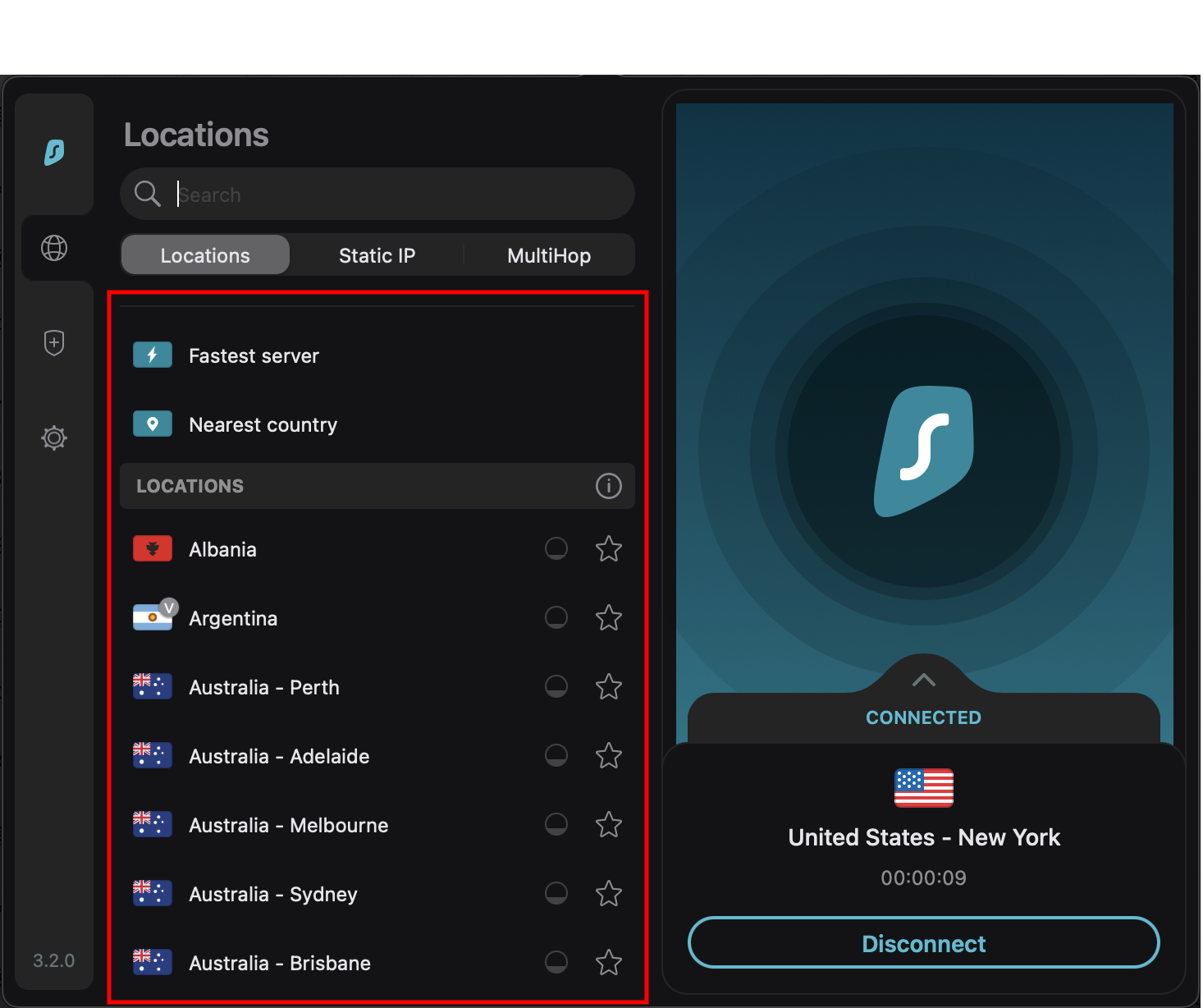

Under VPN provider, select Windows (built-in). Look up the VPN protocol and the VPN address for the service used. You will need to find the VPN protocol and the VPN address for this new VPN service to use during the manual process. It’s preferable for users who want more configuration options. The manual/operating system approach is slightly more complicated than the app method and varies depending on the operating system. Look for a tutorial to guide you through the app, and go through the different features available to familiarize yourself with your new VPN service.Īnd that’s it, a process no more complicated than creating an account for any other program! Manual/Operating System Approach. :max_bytes(150000):strip_icc()/macOSpreferencesnetwork-abd8b339b74947438703f3070d1fcb61.jpg)
Speed tests should be easy to find in most apps.
Once in the app, connect to a VPN server. Depending on what service you selected, you might be asked for a security key or two-step authentication code. Log in to the account you made when signing up for the VPN service. Download the app or specific software for your chosen VPN service on all of your devices. The app/software approach is the easiest way to set up a new VPN, and we recommend it for first-time VPN users. #Setting up a vpn for dummies mac how to#
AVG VPN on Mac On App How to Set Up a VPNįor the average user, there are two main ways we can set up a VPN: the app-based approach and the manual configuration approach.

For now, let’s start with the basics of how to set up a VPN. We’ll also teach you how to set up your own VPN server at home, if you’re so inclined. A basic understanding of how VPNs work can be useful, as we’ll explain later. VPNs have exploded in popularity over the last few years, thanks to greater visibility and the development of user-friendly and affordable services.



:max_bytes(150000):strip_icc()/macOSpreferencesnetwork-abd8b339b74947438703f3070d1fcb61.jpg)



 0 kommentar(er)
0 kommentar(er)
